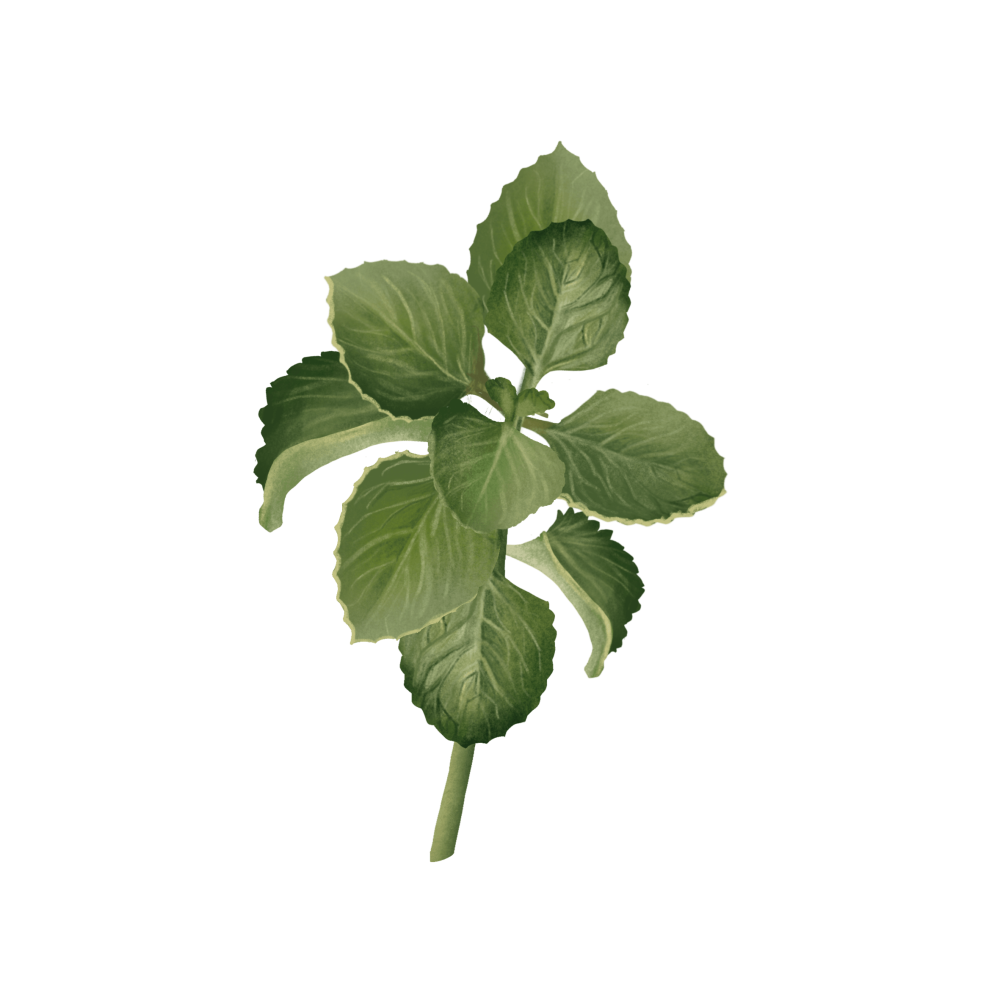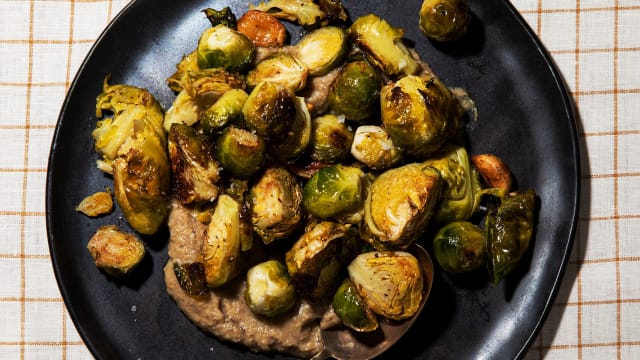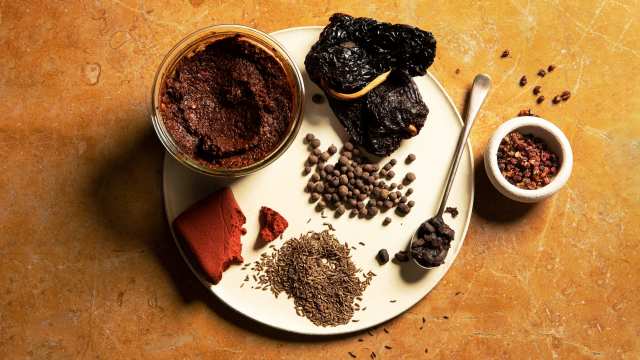Indian Borage

Latin name: Coleus amboinicus
Other names: ajwain, Cuban oregano, Spanish thyme, Mexican mint
Uses: vegetable, herb, spice, medicine.
Used widely in Indian, Chinese, and other medicine systems, Indian borage can be found growing abundantly in gardens across Asia and the Caribbean. Lush, green and bushy, it looks a bit like a succulent, with a fleshy stem that can grow up to a few feet tall and juicy, heart-shaped leaves that are packed with powerful properties. These leaves are textured with fine hairs and have a velvety feel. Crush one between your fingers and rub it to release a strong, oregano-like scent.
Why is indian borage healthy?
Indian borage has several phytochemicals and antioxidants such as caffeic acid and rosmarinic acid, as well as flavonoids and essential oils such as thymol, which make it very attractive as a medicinal ingredient. It also contains vitamin C (ascorbic acid), calcium, potassium, iron, and magnesium. It is used to treat conditions such as cough, fever, indigestion, asthma, and migraines. In Ayurveda, it is used to relieve respiratory discomfort, reduce anxiety and stress, and in skincare.
What does indian borage taste like?
Indian borage leaves have an intense, pungent flavor: a combination of oregano, thyme, mint, and ajwain (carom). If eaten raw, the flavor can linger for hours. Choose light green leaves over the dark ones; the latter can sometimes be mildly bitter.
Where does indian borage grow?
The plant is likely native to South and East Africa but there are no definitive sources to indicate how it came to India. Indian borage prefers warm, temperate climates, where it grows unhindered, especially during rainy seasons. It is especially popular in Southern India as well as Maharashtra and Odisha because of its distinctive taste and medicinal uses. Apart from Africa and Asia, it also grows in Europe and the Americas.
How do I prepare indian borage and what do I pair it with?
The Indian borage leaves have fine grooves in which dirt and dust collect, so they need to be washed thoroughly before use. They can be used both raw and cooked, and pair well with strong spices like cumin and black pepper. Raw leaves impart a strong flavor to chutneys, relishes, and raita. An infusion of the leaves has a soothing effect and is consumed as tea in some Asian countries. Indian borage is used in parts of Africa and Asia to flavor meat and fish dishes. They can also be lightly sautéed for dishes like thambli, a cooling summer dish from southern India of fried leaves ground with coconut and chiles and mixed with curd. In parts of south India, they are also combined with jaggery and tamarind juice to make rasam. Tender leaves can be dipped in besan (Bengal gram flour) batter to make delicious bhajias (fritters).
Surprising fact:
There are nearly 60 varieties of Coleus amboinicus (also called Plectranthus amboinicus), and almost all of them can be found on the African continent. Some are grown as ornamental plants.




